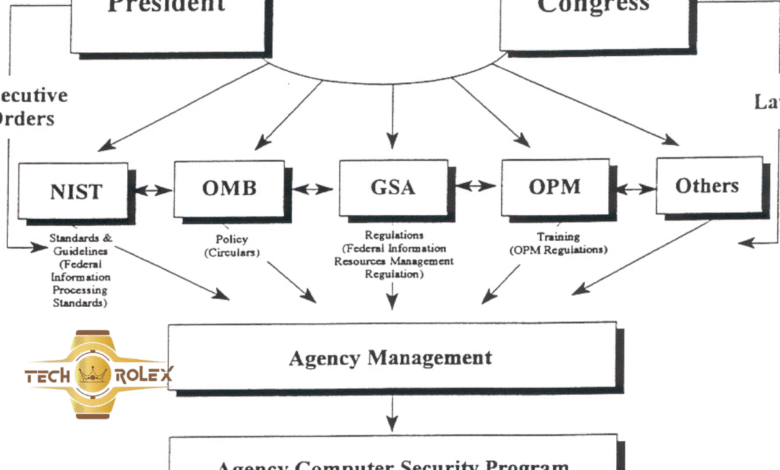What Does 800/12 Mean? Easy Explanation for Everyone!

Ever seen “800/12” and wondered what it means? Don’t worry—this guide breaks it down in the simplest way possible. Whether it’s on a bill, loan document, or just a number you need to calculate, we’ll help you understand it easily. Let’s dive in and explore everything about 800/12!
What is 800/12? Let’s Break It Down
The expression 800/12 is a division problem. It’s asking us to divide 800 by 12. You might see this kind of number in budgeting, finance, or monthly payment plans. In plain terms, 800/12 = 66.66…, or approximately $66.67 when rounded to two decimal places.
Let’s make it even simpler. If you have $800 and you want to split it equally over 12 months—which is one year—then each month you’d pay about $66.67. That’s the basic meaning of 800/12. Easy, right?
It’s like if someone says, “Your total payment is $800, but you can pay it in 12 monthly payments.” That’s where 800 divided by 12 comes in. This helps you know how much you need to pay per month.
How to Solve 800/12 Easily
Solving 800/12 is easy once you understand how division works. You don’t need to be a math genius or use a complicated formula. You can either use a calculator or do it by hand.
Here’s the quick math:
800 ÷ 12 = 66.6666…
If you’re working with money, most people round this number to $66.67. Why? Because you can’t really pay fractions of a cent in real life. So businesses and banks round to the nearest penny.
Want to solve it manually? Here’s how:
- 12 goes into 800 exactly 66 times, which equals 792.
- You’ll have 8 left over, which is 8/12 or 0.666…
- Add that to the 66 and you get 66.666…
So the final monthly amount is about $66.67. You can also use a monthly payment calculator online if you want to double-check.
Where Do You See 800/12 in Real Life?
Now that you know how to calculate it, you might be wondering: “Where does 800/12 actually show up in my life?”

The answer: everywhere!
From your monthly subscription plans to your credit card payments, car loans, or budget planning, you’ll often deal with numbers like 800/12. Let’s look at some common places where this number appears.
800/12 in Credit Terms
Credit card companies often let you pay off balances over time. Let’s say you owe $800, and you agree to pay it off in 12 months. Your monthly payment would be $66.67, just like the 800/12 calculation.
This kind of breakdown is common in installment plans or buy now, pay later options. Instead of paying everything upfront, you can spread the cost into monthly chunks.
These payment plans often come with interest, so make sure to check if your 800/12 plan includes extra fees. Use tools like a credit card monthly payment calculator to get the full picture.
800/12 in Budgeting
Budgeting is all about breaking down big expenses into small, manageable parts. If you have an $800 expense, such as an insurance payment or annual subscription, dividing it over 12 months makes it easier to handle.
Using a budget calculator, you can plug in 800 as an annual cost and see how much it impacts your monthly budget. It helps you plan better and avoid surprises.
800/12 comes in handy when setting up:
- Monthly saving goals
- Subscription-based services
- Yearly memberships
- School tuition planning
It’s all about making big numbers feel smaller and manageable over time.
800/12 in Loan Payments
Loans often use this kind of division when setting your monthly payment schedule. For example, if you borrow $800 and agree to pay it back in 12 months (with or without interest), your base monthly payment would be $66.67.
That’s your monthly loan estimate. But be careful: most loans add interest, so the actual payment might be a bit more.
Many people use an auto loan calculator, student loan estimator, or personal loan planner to understand what they’ll owe each month. These tools often include calculations similar to 800/12.
Is 800/12 a Good Monthly Payment?
Let’s be honest—$66.67 per month doesn’t sound too bad, right? But whether it’s “good” depends on your income and expenses.
For someone making $2,000/month, paying $66.67 means using about 3.3% of their income on this expense. That’s manageable for most people.
But if you’re already stretched thin, even $66.67 might feel like too much. That’s why it’s important to always look at:
- Your monthly income
- Your other monthly bills
- Your debt-to-income ratio
In general, financial experts say your monthly debt payments should be no more than 36% of your income. So 800/12 is usually considered a small, manageable monthly cost, especially if it’s interest-free.
800/12 in Fraction and Decimal Form
Sometimes, you’ll see 800/12 written as a fraction or decimal, especially in math or finance documents.
Let’s break it down:
- Fraction: 800/12 simplifies to 200/3. That’s an improper fraction, which just means the top number is bigger than the bottom one.
- Mixed number: You can also write it as 66 2/3
- Decimal: 800 ÷ 12 = 66.6666… (repeating decimal)
In finance, decimals are more common because we deal with money, and money is usually rounded to two decimal places. So most of the time, you’ll just see $66.67.
Other Numbers Like 800/12 You Should Know
800/12 isn’t the only number you’ll see in your financial life. Here are a few other examples that follow the same monthly division logic:

600/12 Example
What if you had a $600 bill instead of $800?
600 ÷ 12 = $50 per month
This could be a yearly subscription, a basic insurance plan, or even a low-interest credit card repayment. For many, $50/month feels very affordable and is easy to budget.
1200/12 Example
This one’s even more common.
1200 ÷ 12 = $100 per month
You’ll see this in car insurance premiums, gym memberships, or school fees. It’s a nice, round number that fits well into most monthly budgets.
Many people plan their budget using this method: take a yearly cost, divide it by 12, and include it in your monthly financial plan.
Why 12 Months? What’s Special About It?
Good question! Why do we divide everything by 12?
Because there are 12 months in a year, and that makes it the most logical way to split annual expenses. Whether it’s a loan, subscription, or bill, dividing by 12 gives you the monthly version.
This helps people:
- Budget better
- Understand payments
- Spread costs evenly
- Avoid one-time large payments
So when you see numbers like 800/12, know it’s all about breaking a yearly cost into monthly pieces.
Thoughts — Is 800/12 Right for You?
Whether 800/12 is a good choice depends on your situation. If you can afford to pay $66.67 every month without missing bills or falling behind, then yes—it’s a great way to manage a large payment.
But if you’re living paycheck to paycheck, even small monthly payments can add up. Always look at the full cost, check for hidden fees, and ask yourself if you really need to make that purchase.
Use budgeting tools and monthly calculators to decide if this kind of payment plan works for you.
The Bottom Line
So, what does 800/12 mean? Simply put, it’s dividing $800 into 12 monthly payments—about $66.67 per month. You’ll see it in credit plans, budgets, loans, and more. It helps break big costs into smaller, manageable chunks.
Whether it’s a good deal or not depends on your finances. But now that you understand what it means, where it’s used, and how to calculate it, you’re already ahead of the game!


